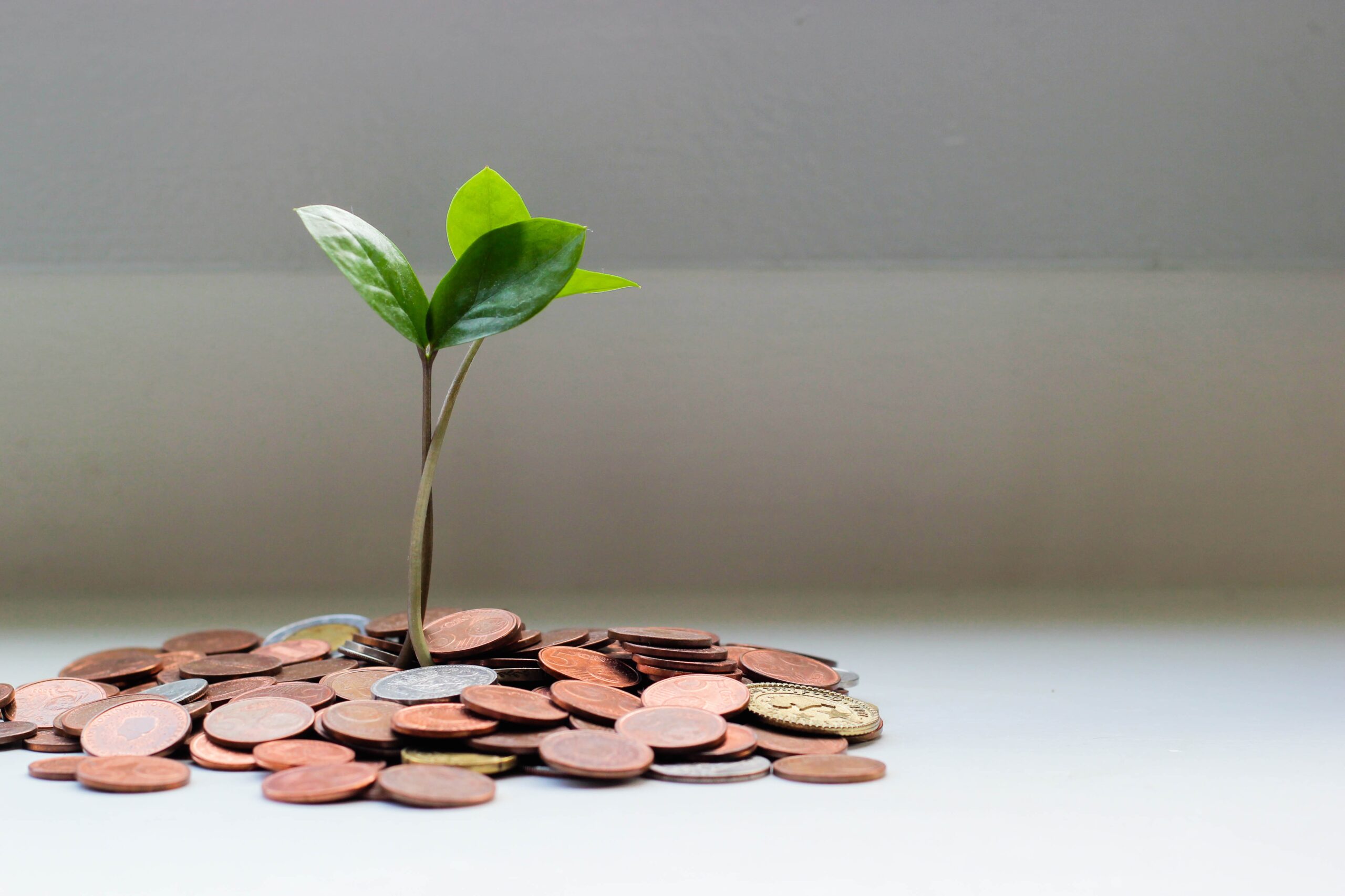
Daniel Raisbeck and Gabriela Calderon de Burgos
For the first time since 1991, Argentina suffers from annual inflation rates above 100 percent. As voters prepare to head to the polls on August 13, the date of the presidential primaries for all parties, a majority thinks—regardless of ideology— that inflation is the country’s most pressing problem. Meanwhile, a significant minority—29 percent according to one poll— now considers that the best way to tackle inflation is to get rid of the Argentine peso altogether and adopt the U.S. dollar as the official currency. They are absolutely right.
As we explain in a new briefing paper out today, dollarization works because it deprives the local ruling class of all control over the national currency. This protects ordinary people’s purchasing power from the excesses of chronically profligate politicians and often subservient—or simply incompetent—central bankers. Along with Peru, a semi‐dollarized economy, Latin America’s three fully dollarized countries—Panama, Ecuador, and El Salvador—have had the region’s lowest inflation levels during the past 20 years (and much longer in the case of Panama). Unlike many countries in the region, the dollarized trio did not see double‐digit inflation in the aftermath of the Covid‐19 pandemic. Steve Hanke, a Johns Hopkins University economist, puts it well: dollarization is equivalent to instituting the rule of law in the monetary sphere.
Dollarization is often compared to the convertibility system that Argentina implemented in the 1990s, a monetary regime consisting of the Central Bank maintaining unlimited convertibility between its currency and that which it is pegged to at a fixed exchange rate. That system ultimately fell apart because it deviated from following orthodox rules. But because dollarization simply replaces a local currency with a foreign one, it does not depend on a promise from the political class to abide by a certain set of rules and it has proven much harder to undo. As we explain in our policy brief, this does not imply a country’s surrender of its monetary policy to the United States:
“As economist Juan Luis Moreno‐Villalaz argued in the Cato Journal in 1999, Panama’s banks, which have been integrated to the global financial system after a series of liberalization measures in the 1970s, allocate their resources inside or outside the country without major restrictions, adjusting their liquidity according to the local demand for credit or money. Hence, changes in the money supply—which arise from the interplay between local factors and the specific conditions of global credit markets— and not the Federal Reserve, determine Panama’s monetary policy. Fed policy affects Panama only to the same extent that it does the rest of the world”.
In Argentina, opposition to dollarization comes from critics on both the left and the right. The former usually claim that adopting the dollar is a costly affront to national sovereignty (the cost pertaining to the loss of seigniorage). The latter tend to argue that local technocrats will be left without monetary tools with which to steer the national economy. Neither side has come to terms with the reasons why an overwhelming majority of Panamanians, Ecuadoreans, or Salvadoreans wouldn’t dream of ditching the dollar in favor of weak national currencies. In fact, minimal inflation rates are but one benefit of dollarization. The others include far lower interest rates, longer loan periods, and an intrinsic hard budget constraint on governments and parliaments alike.
Despite such advantages, dollarization is certainly no guarantee of fiscal discipline or sustained economic growth, as the recent experience of both Ecuador and El Salvador can attest. Nonetheless, dollarization is worth it simply because it leaves politicians and bureaucrats unable to devalue a local currency or monetize the debt, thereby limiting the magnitude of the potential harm. During the 2010s, radical left‐wing governments in both El Salvador and Ecuador were unable to get rid of the dollar despite their anti‐dollarization rhetoric. The pros of dollarization may be difficult to grasp ex‐ante; once it is instituted, however, dollarization’s benefits in daily life are so palpable to a large majority that the greenback has become demagogue‐proof in a region ripe with demagoguery.
The loss of seigniorage, it turns out, is an infinitesimal price to pay for the advantages of dollarization. Manuel Hinds, a former finance minister in El Salvador, likens giving up seigniorage to paying a small insurance premium for protection against the very high risks of maintaining a local currency. Nor is a lack of large dollar reserves an excuse not to dollarize.
In Ecuador, the mere announcement of dollarization in January of 2000 led to a massive increase in deposits in dollars previously held abroad or under mattresses. This was the case even though the beleaguered banks were offering negative interest rates.
As we discuss in our briefing paper, adopting the dollar can also help solve Argentina’s serious problem with short‐term liquidity notes, the debt of which is more than twice as large as the monetary base. This is yet another reason why Argentina’s next government should dollarize, albeit taking seriously the technical challenges that dollarization presents.
The Argentinean peso no longer provides the basic functions of money. Argentineans already use the dollar as a unit of account and—if they can overcome multiple legal obstacles and afford significant transaction costs—as a store of value and a medium of exchange for important transactions. Dollarization would democratize the latter two essential functions of a sound currency.






